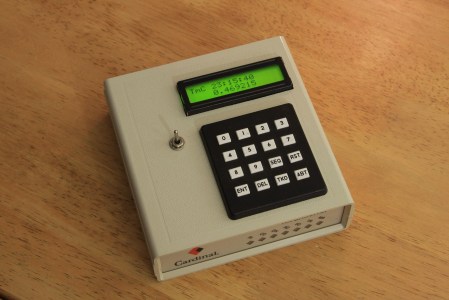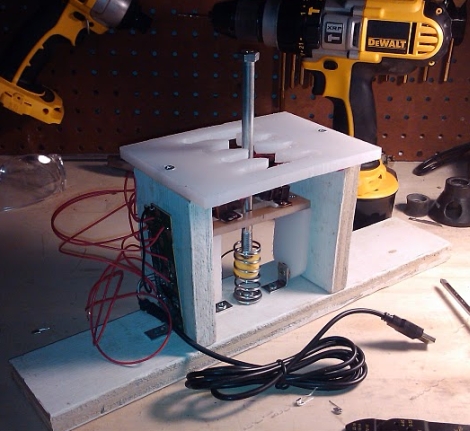
A hot topic in the gadget world right now is the Sony Ericsson XperiaPlay phone, and while that is not our usual cup of tea, when we see the newest toy stripped down to its bits n pieces it piques our interest.
This 8 page teardown of the XperiaPlay (google translated to english) takes you though all the steps needed to dismantle your new joy. Every screw, clip, header and connector, each in order so you can get it back together again.
As the carnage progresses time is taken to point out some of the parts of the phone. From the mundane like I/O jacks, to the more interesting like the Synaptics touch pad driver that are handling the “analog” sticks, the Cypress multi-touch controller for the screen, and of course, the brains.
(thanks Frogz)
















